Why did De Gent's wheel explode? Are hookless tyres dangerous?
Friday's stage at the UAE Tour, the fifth of the race, had a protagonist beyond the Dutchman Olav Kooij who managed to snatch the only sprint that Tim Merlier couldn't win. It was the Belgian Thomas de Gendt who suffered a blowout on his front tyre, although luckily, it all ended up being just a scare. However, this incident has received criticism from the Professional Cyclists Association, blaming it on the use of hookless rims.
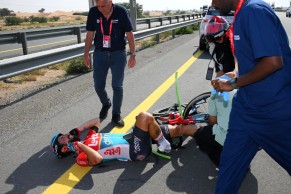
The safety of hookless wheels in question
Harsh criticism from the Professional Cyclists Association, through its president, former cyclist Adam Hansen, towards the use of hookless rims that are gradually becoming popular in the catalogs of brands due to their simpler and more resistant construction as well as the possibility of creating lighter models.
Hookless rims have been gradually introduced in road cycling after establishing themselves in off-road disciplines. A system with advantages and drawbacks that tries to imitate the one used in automotive tyres by eliminating the hooks on the rim where the tyre sidewalls were trapped, leaving the task of keeping it in place to the pressure that pushes the sidewalls against the rim walls.
RECOMENDADO

When do helmets have to be changed? Do they have an expiration date?
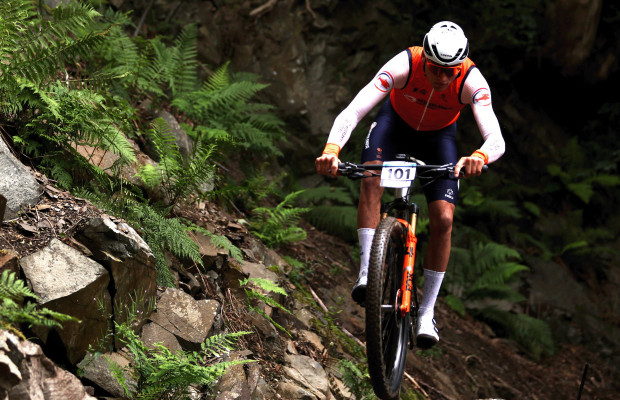
Some reasons to stay away from the road in winter
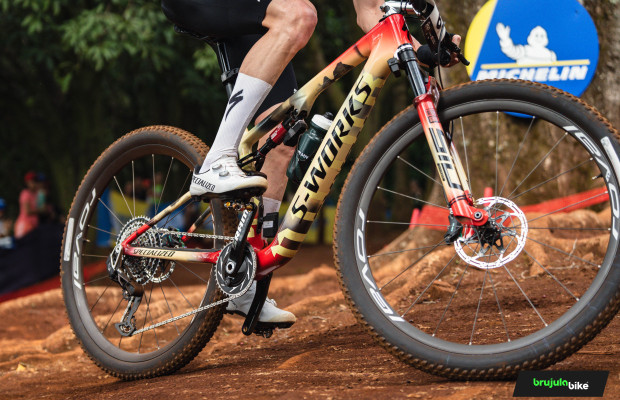
S-Works: what does it really mean and where does Specialized's most exclusive label come from?
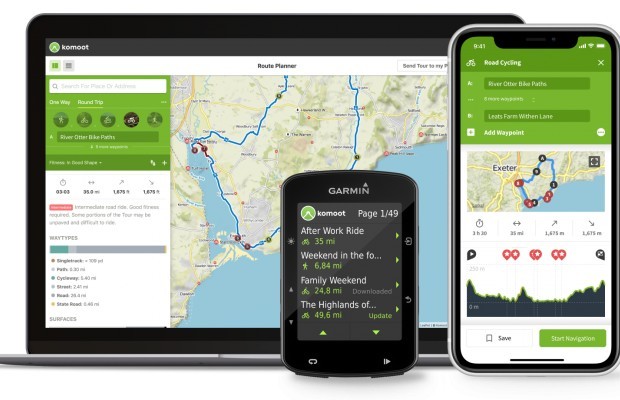
The best apps for cycling and mountain biking
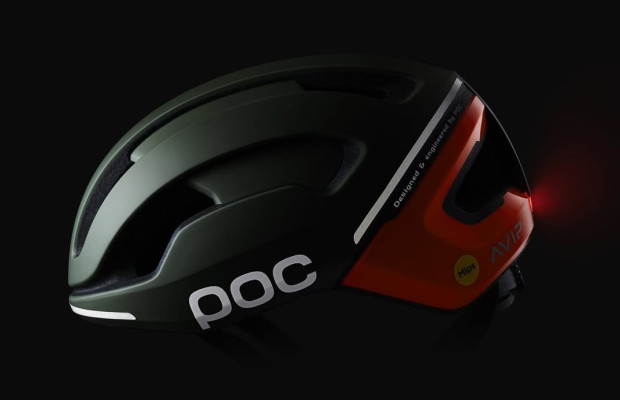
Black Friday 2025 cycling bargains: save on Garmin, POC, Maxxis and more
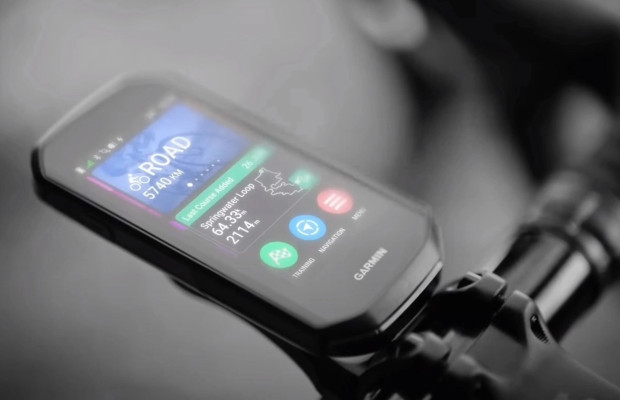
Black Friday Garmin 2025: the ultimate guide to choosing your GPS at the best price
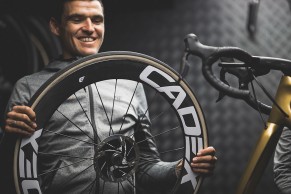
The problem on the road, just like when tubeless was first used, is the higher pressures than in any other vehicle rolling on the road, pushing the system to its limit. In fact, the brands that market this type of wheels with hookless rims set a maximum pressure around 5 bar. Additionally, the rims have widened rims, from 23 mm upwards, so it is not recommended to use tyres smaller than 700x28c.
Adam Hansen points to these data when talking about what happened to Thomas de Gendt, indicating that the maximum pressure could easily be exceeded in an impact and what happened to the Belgian's bike should not happen under any circumstances. Hansen talks, without naming anyone in particular, about teams that have done tests leaving the bikes in the sun and the tyres have ended up exploding. In fact, the Lotto-Dstny mechanic pointed out that they always use foam inserts to make it less likely for this to happen. In De Gendt's incident, the tyre came off the rim and ended up wrapped around the fork, which could have resulted in a serious crash.
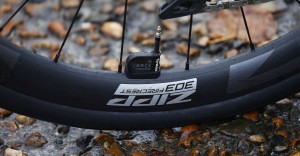
Is the alarm raised by the Professional Cyclists Association justified? The reality is that this is the first known case in which this has happened while hookless rims have been in the peloton for some time. In the case of the Lotto-Dstny Orbea, they were using Zipp 353NSW wheels, the same model used, for example, by the Movistar Team. Others who also use hookless wheels are the members of Jayco-AlUla who ride Cadex wheels with their Giant bikes.
Initially, it can be thought that this is only an isolated incident, perhaps caused by the heat in the desert in combination with a pressure at the limit and the use of 28 tyres at the lower limit of the accepted tyre size according to Zipp's specifications for those wheels. Besides, Vittoria tyres have a particularly flexible casing which could have facilitated this happening. In any case, for the moment, it has only happened in an isolated way.
For years, this happening has been one of the reasons why professional cyclists were initially wary of the implementation of tubeless compared to the traditional tubular whose main advantage was that, in case of a puncture, it allowed to keep rolling and stop safely as it remained attached to the rim.
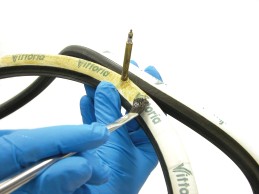
Although Mavic's original specifications for their UST tubeless system set specific dimensions with a step between the center of the rim and the sidewalls of the same so that the tyre would be trapped between this step and the rim hooks, few are the brands that adhered to this design even though Mavic opened it to anyone who wanted to use it. Hookless rims are nothing more than another reinterpretation of tubeless in which there is no true standard and tolerances in rim and tyre measurements are huge, causing some to work perfectly and others to have problems like the one suffered by Thomas de Gendt.